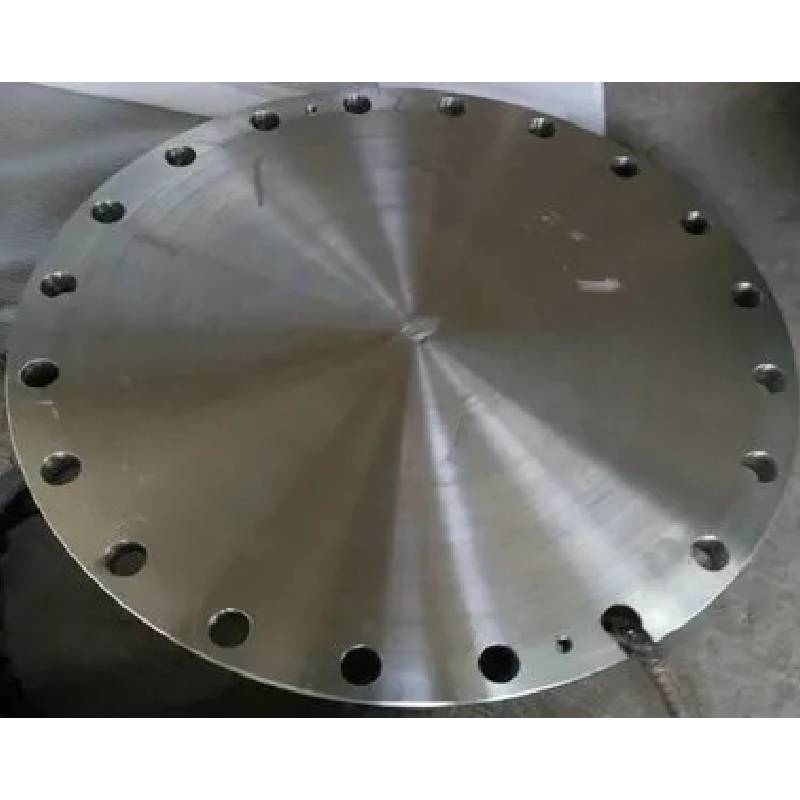-
Cangzhou Yulong Steel Co., Ltd.
-
Phone:
+86 13303177267 -
Email:
admin@ylsteelfittings.com
- English
- Arabic
- Italian
- Spanish
- Portuguese
- German
- kazakh
- Persian
- Greek
- French
- Russian
- Polish
- Thai
- Indonesian
- Vietnamese
- Zulu
- Korean
- Uzbek
- Hindi
- Serbian
- Malay
- Ukrainian
- Gujarati
- Haitian Creole
- hausa
- hawaiian
- Hebrew
- Miao
- Hungarian
- Icelandic
- igbo
- irish
- Japanese
- Javanese
- Kannada
- Khmer
- Rwandese
- Afrikaans
- Albanian
- Amharic
- Armenian
- Azerbaijani
- Basque
- Belarusian
- Bengali
- Bosnian
- Bulgarian
- Catalan
- Cebuano
- China
- China (Taiwan)
- Corsican
- Croatian
- Czech
- Danish
- Esperanto
- Estonian
- Finnish
- Frisian
- Galician
- Georgian
- Kurdish
- Kyrgyz
- Lao
- Latin
- Latvian
- Lithuanian
- Luxembourgish
- Macedonian
- Malgashi
- Malayalam
- Maltese
- Maori
- Marathi
- Mongolian
- Myanmar
- Nepali
- Norwegian
- Norwegian
- Occitan
- Pashto
- Dutch
- Punjabi
- Romanian
- Samoan
- Scottish Gaelic
- Sesotho
- Shona
- Sindhi
- Sinhala
- Slovak
- Slovenian
- Somali
- Sundanese
- Swahili
- Swedish
- Tagalog
- Tajik
- Tamil
- Tatar
- Telugu
- Turkish
- Turkmen
- Urdu
- Uighur
- Welsh
- Bantu
- Yiddish
- Yoruba

Nov . 10, 2024 14:26 Back to list
Understanding EN 1092 PN16 Flanges and Their Applications in Industrial Settings
Understanding EN 1092 PN16 Flanges A Comprehensive Overview
Flanges are essential components in piping systems, serving as critical junctions that facilitate the connection of various sections of pipes, valves, pumps, and other equipment. Among the many standards governing flanges, the EN 1092 standard, particularly the PN16 flange classification, plays a vital role in ensuring compatibility and safety in many industrial applications. This article aims to provide a comprehensive overview of EN 1092 PN16 flanges, their specifications, applications, and advantages.
What is EN 1092?
EN 1092 is a European standard that specifies the dimensions, tolerances, and mechanical properties of steel flanges. It covers various types of flanges, including weld neck, slip-on, blind, and threaded types. The designation PN refers to the nominal pressure rating of the flange when used at a specified temperature. In the case of PN16, this indicates that the flange can handle a maximum pressure of 16 bar (approximately 232 psi) at room temperature.
Key Specifications of PN16 Flanges
PN16 flanges are designed to meet certain specifications that ensure their durability and functionality in various environments. Some of the key specifications include
1. Material EN 1092 PN16 flanges are available in various materials such as carbon steel, stainless steel, and alloy steel. The choice of material depends on the application and environmental conditions.
2. Dimensions The dimensions of PN16 flanges vary according to their type. Common types include - Weld Neck Flanges Designed for welding to pipe and provide strength. - Slip-On Flanges Slide over the pipe and are welded in place. - Blind Flanges Used to seal the end of a piping system. - Threaded Flanges Feature internal threads for screwing onto the pipe.
Standard dimensions are provided for each flange type in accordance with the EN 1092 specification.
3. Pressure and Temperature Ratings PN16 flanges are rated for specific pressure and temperature ranges, typically up to 16 bar at 20°C (68°F). The allowable pressure decreases with increasing temperature, necessitating careful consideration in high-temperature applications.
4. Surface Finish The surface of PN16 flanges may vary in roughness depending on the manufacturing process and the intended application. A smooth finish is often required for higher pressure applications to ensure proper sealing.
en1092 pn16

Applications of PN16 Flanges
Due to their robust design and reliable performance, EN 1092 PN16 flanges are widely used across various industries, including
- Oil and Gas Used in pipelines, refineries, and processing facilities where reliable and leak-proof connections are essential. - Water Supply Utilized in municipal water systems, irrigation networks, and wastewater treatment plants to ensure a secure coupling. - Chemical Processing Employed in systems that transport corrosive materials, ensuring safety through resilient construction. - Power Generation Found in steam and cooling systems within power plants, where pressure and temperature control are critical.
Advantages of EN 1092 PN16 Flanges
1. Standardization Being part of the EN 1092 standard, PN16 flanges ensure compatibility with other components that adhere to European standards, simplifying design and installation processes.
2. Variety The availability of different flange types offers flexibility in design, allowing engineers to select the most appropriate type for their specific application.
3. Durability Constructed from high-quality materials, PN16 flanges are engineered to withstand demanding conditions, including high pressure and temperature fluctuations.
4. Ease of Maintenance Flanged connections are easier to disassemble and reassemble than welded connections, facilitating maintenance and repairs without compromising system integrity.
Conclusion
EN 1092 PN16 flanges play a crucial role in modern piping systems, providing reliable and efficient connections across a variety of industries. Their standardization and robust design ensure they meet the demands of high-pressure applications, making them indispensable in engineering and infrastructure. Understanding the specifications, applications, and advantages of PN16 flanges helps engineers and procurement professionals make informed decisions regarding their use, ultimately leading to enhanced safety and performance in various industrial processes.
Latest news
-
ANSI 150P SS304 SO FLANGE
NewsFeb.14,2025
-
ASTM A333GR6 STEEL PIPE
NewsJan.20,2025
-
ANSI B16.5 WELDING NECK FLANGE
NewsJan.15,2026
-
ANSI B16.5 SLIP-ON FLANGE
NewsApr.19,2024
-
SABS 1123 FLANGE
NewsJan.15,2025
-
DIN86044 PLATE FLANGE
NewsApr.19,2024
-
DIN2527 BLIND FLANGE
NewsApr.12,2024
-
JIS B2311 Butt-Welding Fittings LR/SR 45°/90° /180°Seamless/Weld
NewsApr.23,2024











